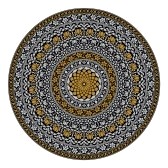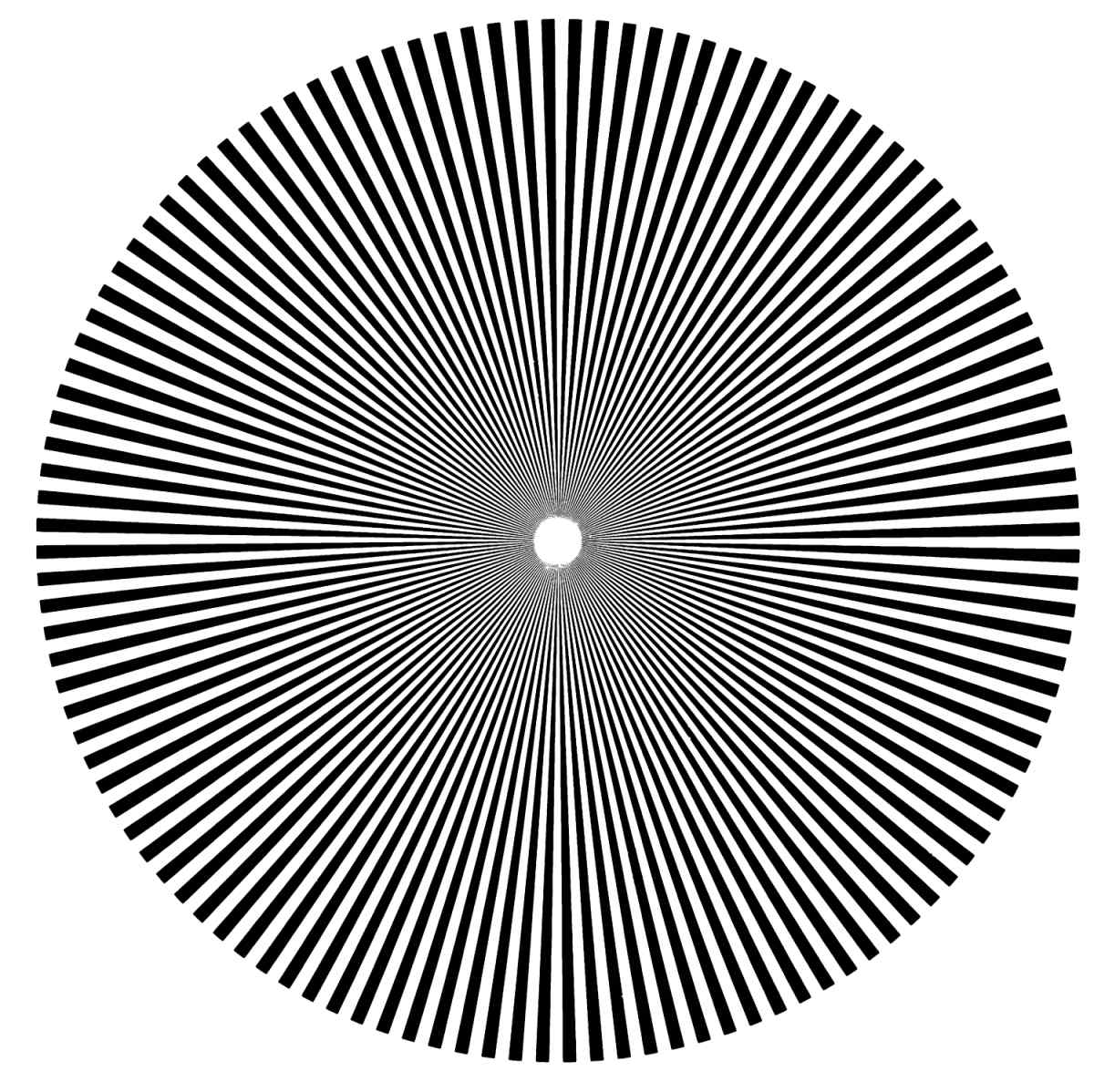 |
American Literature: Romanticism research assignment Student Research Submissions 2013 research post 2 |
 |
Sheila Morris
Where is the American Feminine Gothic writer today,
what is she doing and how is she doing it?
Previously, I wrote about the Feminine Gothic and how,
as Elaine Showalter put it, was used to fight “patriarchal tyranny in a
passive-aggressive manner.”
Female Gothic writers included Ann Radcliffe
(considered the pioneer of the genre), the Bronte sisters, Mary Shelley, and
Charlotte Perkins Gilman.
But these women wrote more than 100 years ago.
A lot has changed in the Feminist movement since
then.
What about the more recent American Feminine Gothic
writers like Anne Rice and Stephanie Meyers?
Are there others? What is the Gothic genre
anyway?
The gothic genre is about fear.
Let’s face it, most of us love to be afraid as
long as we are safe, sound, warm and comfy in our own homes.
That is probably what makes this genre work so
well as a vehicle for feminist persuasion.
What better way to “worm one’s ideas into the
psyche” than to put it into a spooky story on the written page (or,
eventually into a movie theatre complete with diet cola and a bathtub-size
bucket of popcorn)
Are the female gothic writers of today making a
feminist statement?
Maybe.
One of the reasons it is so hard to know is that
it is so hard to define what Feminism is nowadays. Feminist bell hooks
defined Feminism as “the struggle to end sexist oppression.”
She also said, “A central problem with feminist
discourse has been our ability to either arrive at a consensus of opinion
about what feminism is or accept definition(s) that could serve as points of
unification.” (p. 286,
Modern Rhetorical Criticism)
If one is looking at hooks’s definition of ending sexist
oppression, a reader does not have to do much research when it comes to Anne
Rice.
The prolific gothic writer is superb at ending sexist
notions.
Rice is known for writing about vampires, witches and
fairytales.
She usually adds a certain amount of religion in
her novels.
All of her books contain gothic themes and most
are rich with the local color setting of New Orleans.
In just looking at her
Mayfair Witch
series, Rice combats the male stereotypes by including characters such as a
“brilliant” female neurosurgeon and other powerful females.
The Mayfair women continue their matriarchal
lineage as their maiden name is passed from generation to generation, never
getting lost by taking the last names of their husbands.
Not as easily defined at Feminist Gothic is Stephenie
Meyers’
Twilight Saga.
Like Rice, Meyers writes about Vampires, but her
stories are not as dark or as deep.
There are very few religious undertones as in
Rice’s writings.
Meyers’ sparkly vampire series is more
entertainment than anything else.
But can this narrative also make a statement?
In his article, “Twilight
Sinks its teeth into Feminism,” Leonard Sax writes,”
“The
allure of “Twilight”
lies in its combination of modern sensibility and ambience with traditional
ideas about gender.
Bella has broad appeal; as many girls can
appreciate, she likes watching reruns of “The Simpsons” while she nibbles on
Pop-Tarts.
But the twist is that Bella’s ideas about gender
roles are decidedly unfeminist.
The pairing of a modern setting and traditional
gender roles is unusual in children’s and teen literature.”
One may disagree with Sax.
It
might be necessary for Bella to be an average teenager, so as to appeal to
the audience, allowing them to see themselves in her character.
It is what she accomplishes in the end, becoming
a strong character who saves Edward even before she is changed into a
vampire.
The female characters in this book are strong and smart
throughout the story.
Just because Bella shows some weakness, does not
make her unfeminist.
Perhaps by doing so, her strength is magnified.
Who says that showing one’s feminine qualities
disqualify that character from being a Feminist.
Why should women have to be stoic to be
considered strong? Besides,
Bella does kick some serious vampire booty in the end.
As for Gothic elements, throughout this saga
there are love and loss themes, long journeys, and although the Cullen’s
live in a huge glass house rather than a dank, dark castle, the home is
located deep in the woods, giving readers a hint of Wilderness Gothic
elements.
If Rice and Meyer’s are Gothic Feminist narratives, are
there others? Perhaps.
They just might be harder to define.
Take for instance, Suzanne Collins’
Hunger Games
Trilogy.
Although these books are more Dystopian Science
Fiction, they contain romantic themes of love and loss and several journeys
within the plot.
One has to wonder if there is a Wilderness
Gothic, can there be a Science Fiction Gothic as well?
The Gothic elements are there, they are just in
the future, not the past.
There are labyrinths and mazes during the games.
In District 13 in the final book,
Mockingjay,
the underground bunker could be considered as the dank and dreary castle
element.
There are also hints of black and white when President
Snow comes to visit. He is wearing all white and is surrounded by white
roses, but there is the smell of blood, giving readers the sense of darkness
underneath. The love and loss themes are throughout the story, with Katniss's
love and loss of her sister Prim and Gale, the dark Byronesque character.
The narrative also contains the transcendence
theme.
At first, Katniss is an unwilling participant, only to
blossom into the leader of the revolution and eventually become Panem’s
savior.
Whether one can agree on what Feminism is and whether
Gothic Feminism still exists, at the very least, the previous authors
provide readers with interesting and awe-inspiring characters that appeal to
the masses and forego stereotypes.
In my post-modernist opinion, just getting
readers attention and presenting these strong, female characters create a
medium to make changes in a still male-dominated society.
Works Cited
Hart, Roderick P., and Daughton, Suzanne M.
Modern Rhetorical Criticism.
Pearson Publishing. 2007.
Showalter, Elaine.
Sister’s Choice: Tradition and
Change in American Women’s Writing.
Oxford: Claredon P. 1991.
http://articles.washingtonpost.com/2008-08-17/opinions/36882741_1_stephanie-meyer-bella-fourth-book
|
|
|
|


